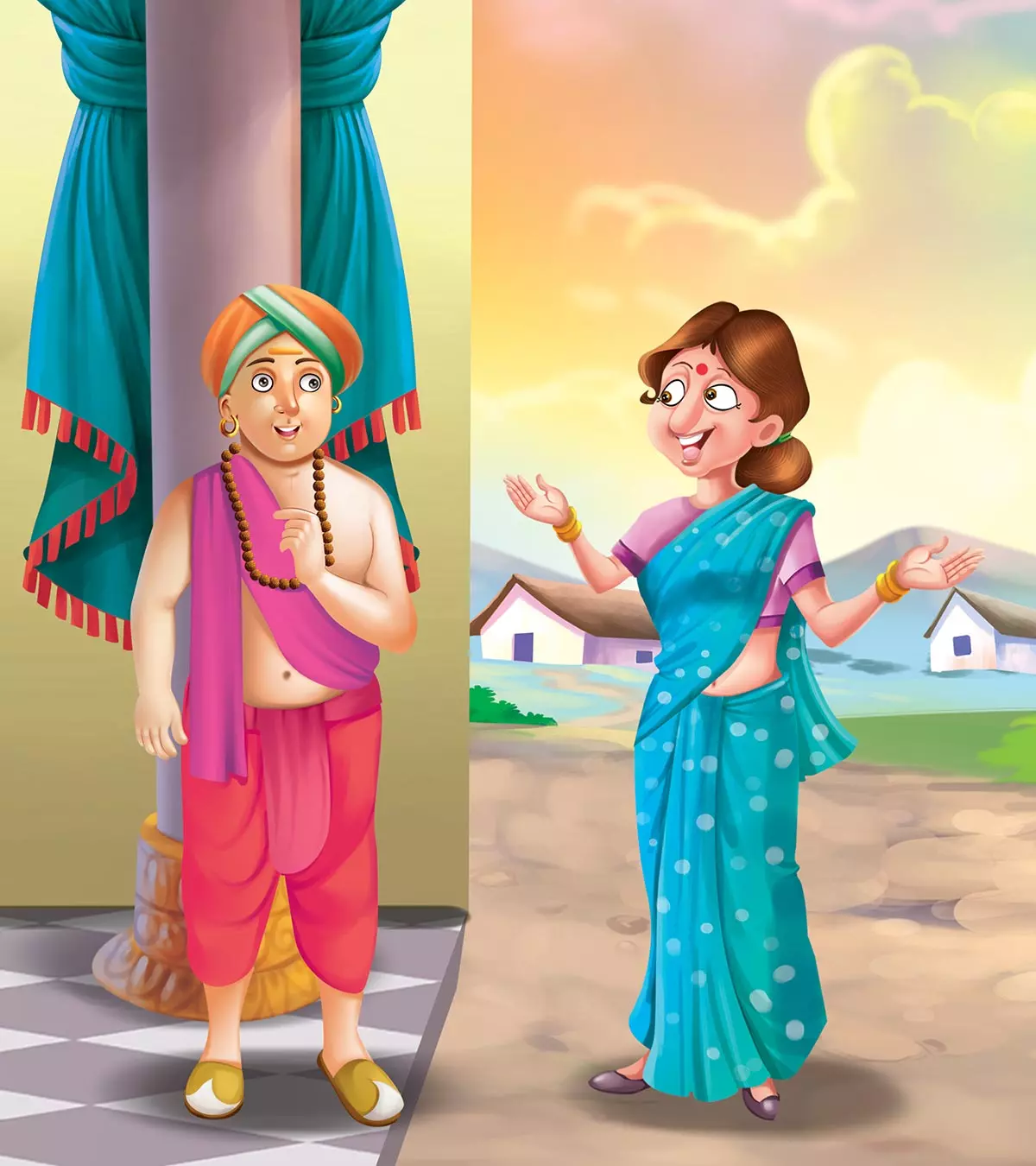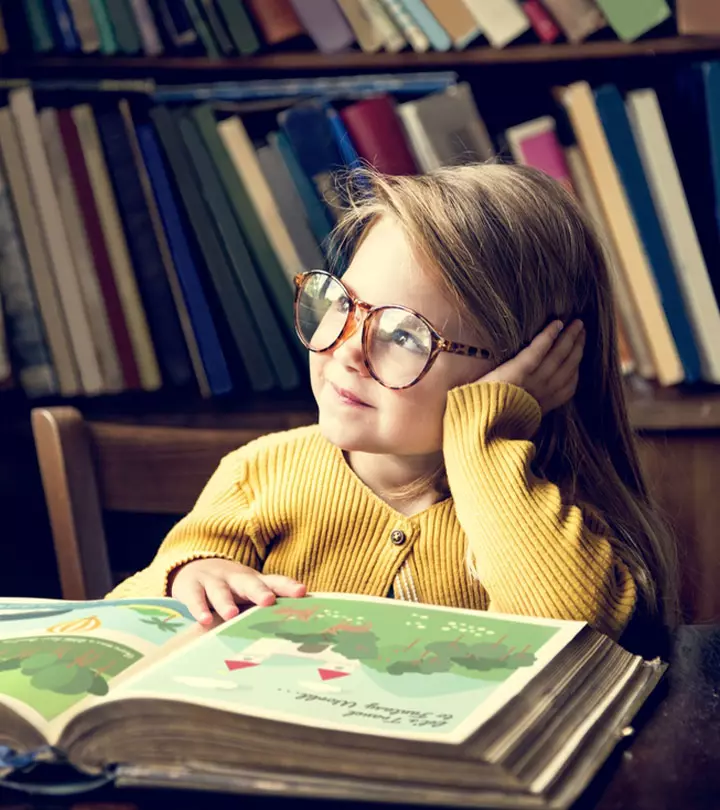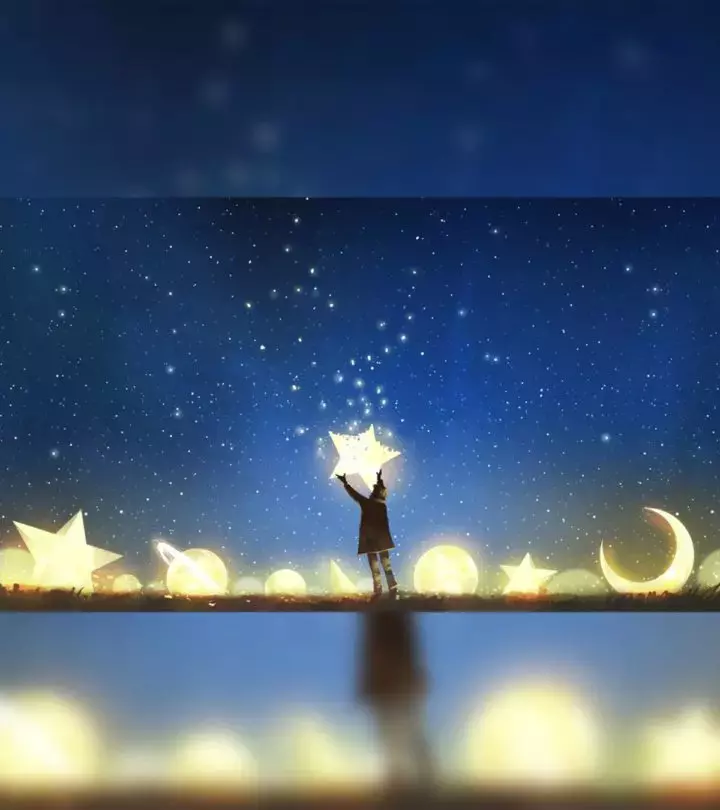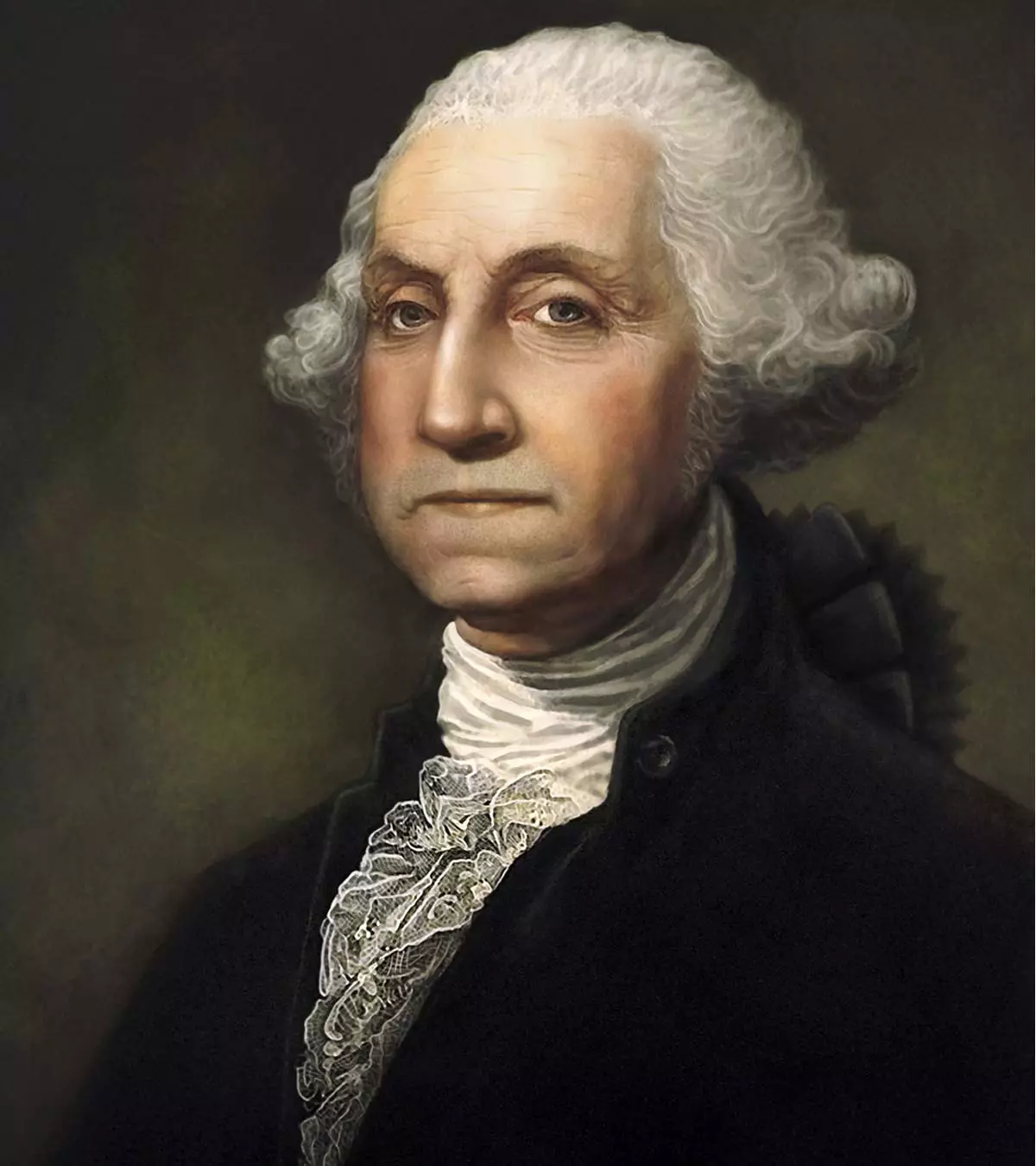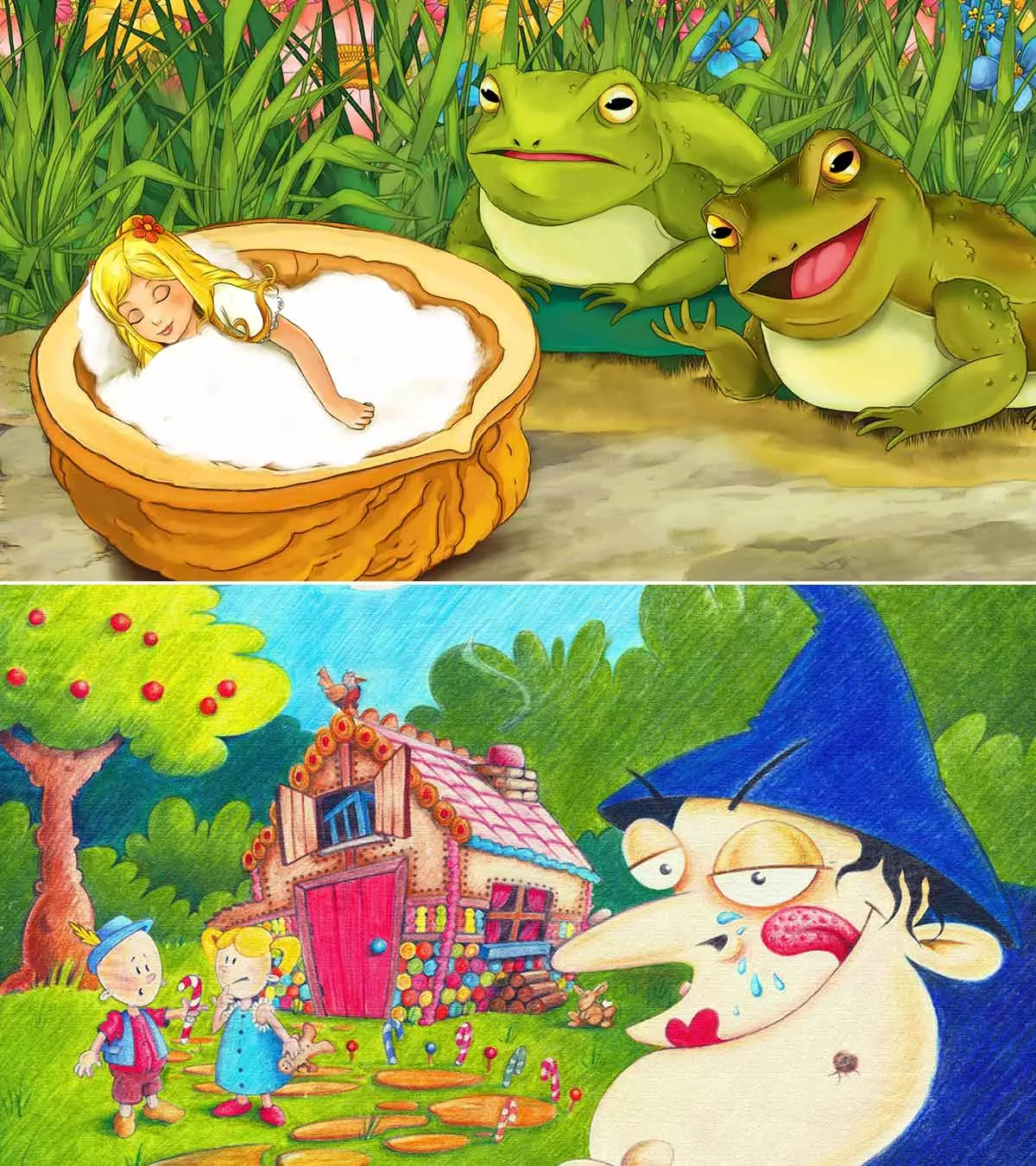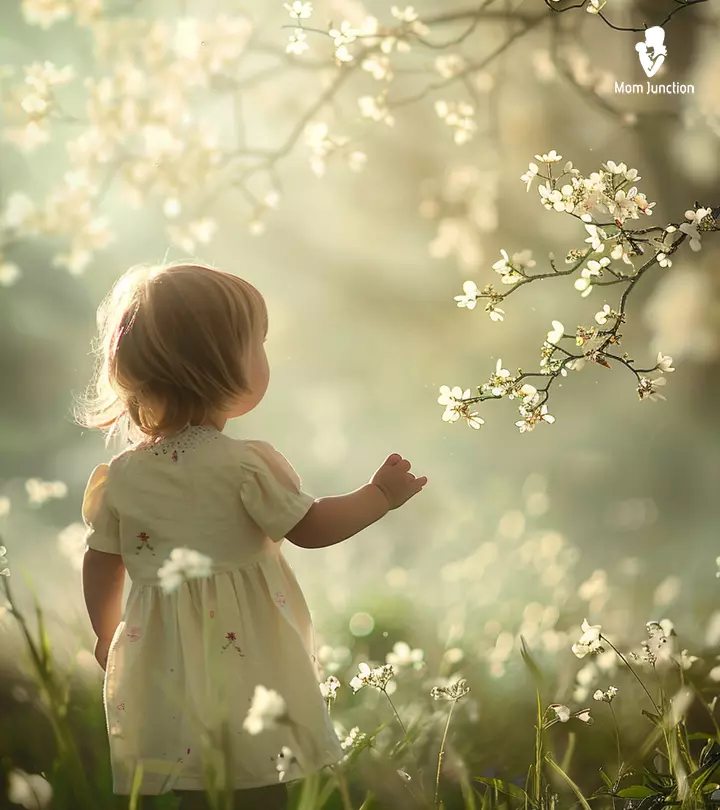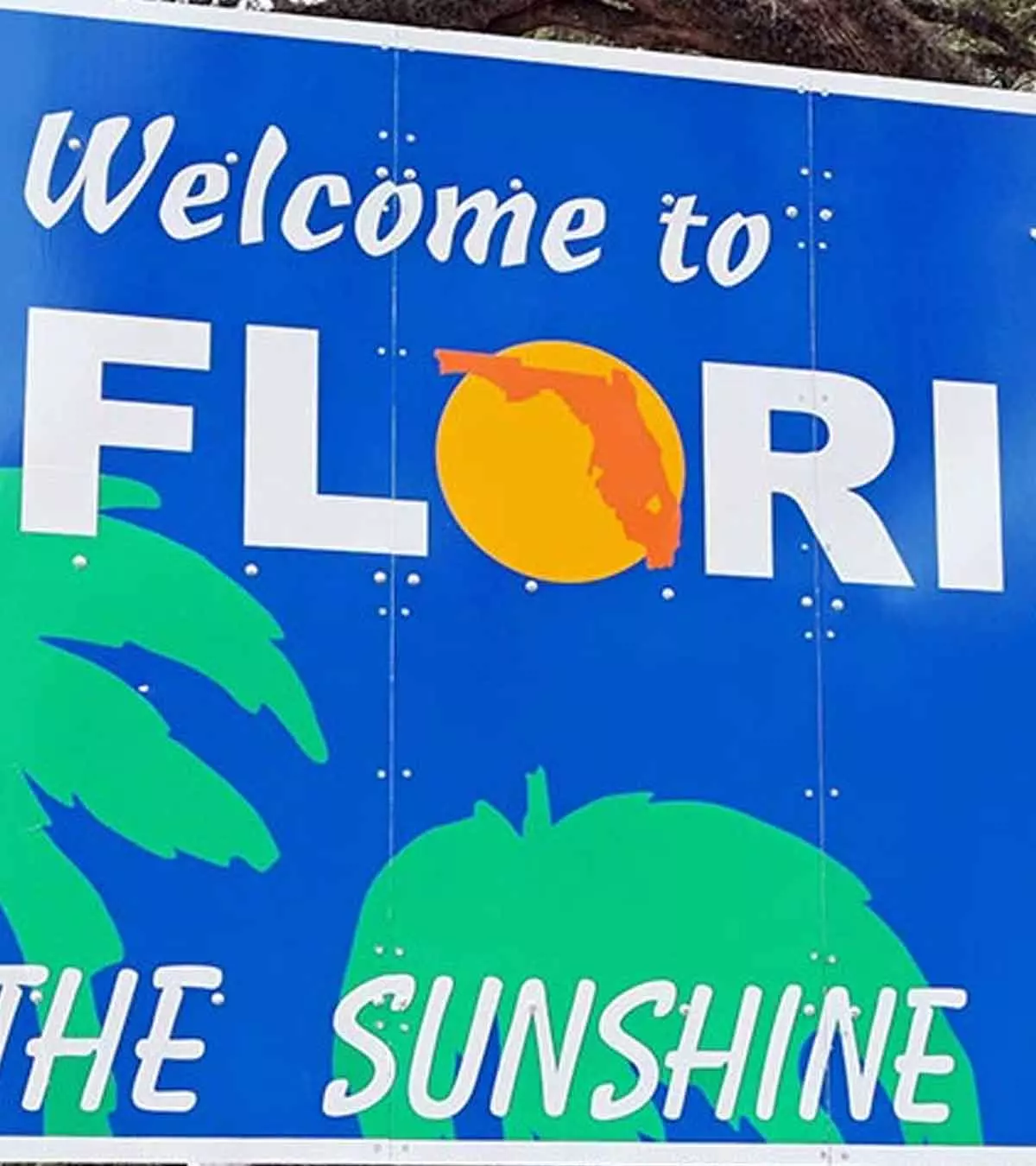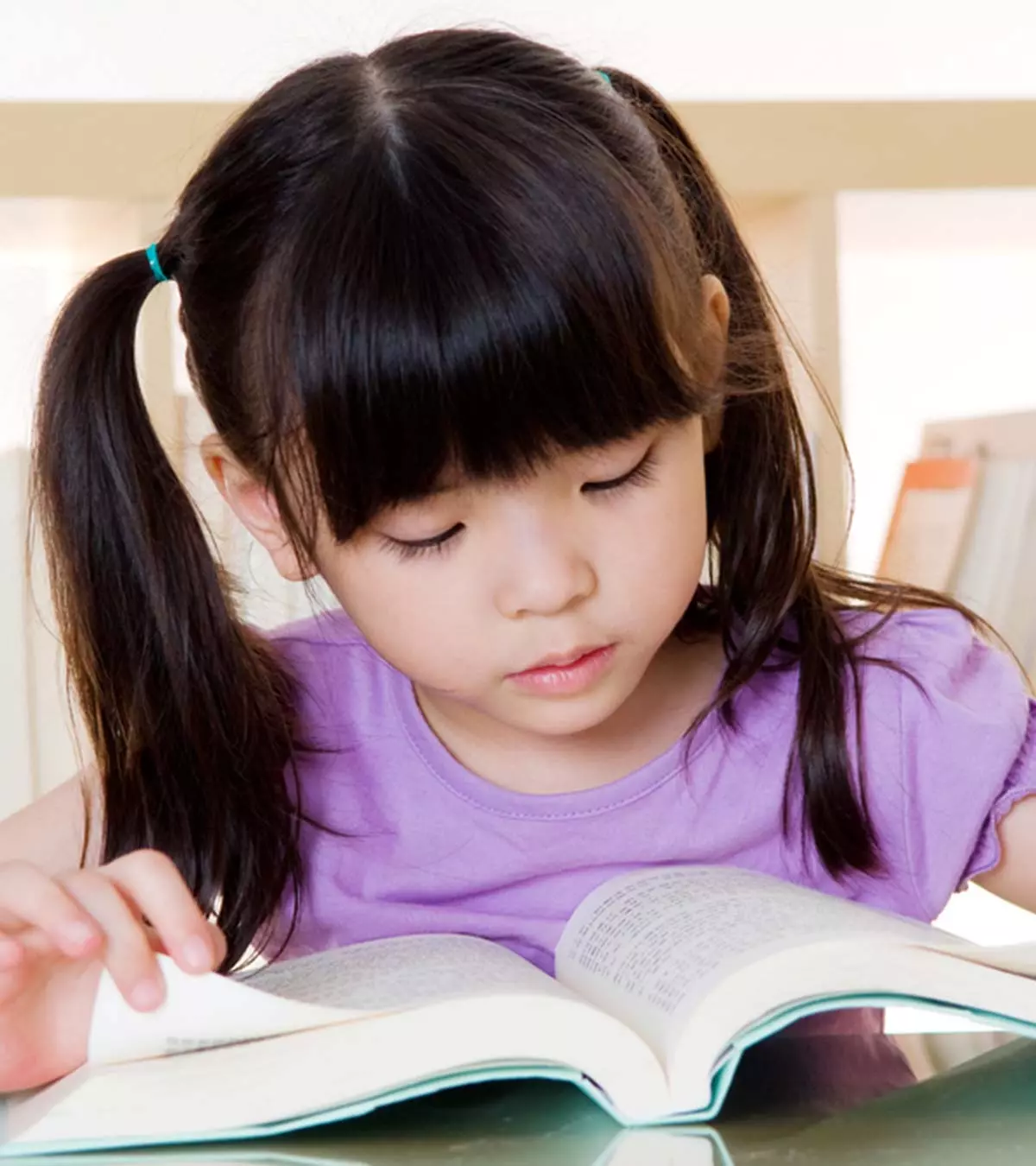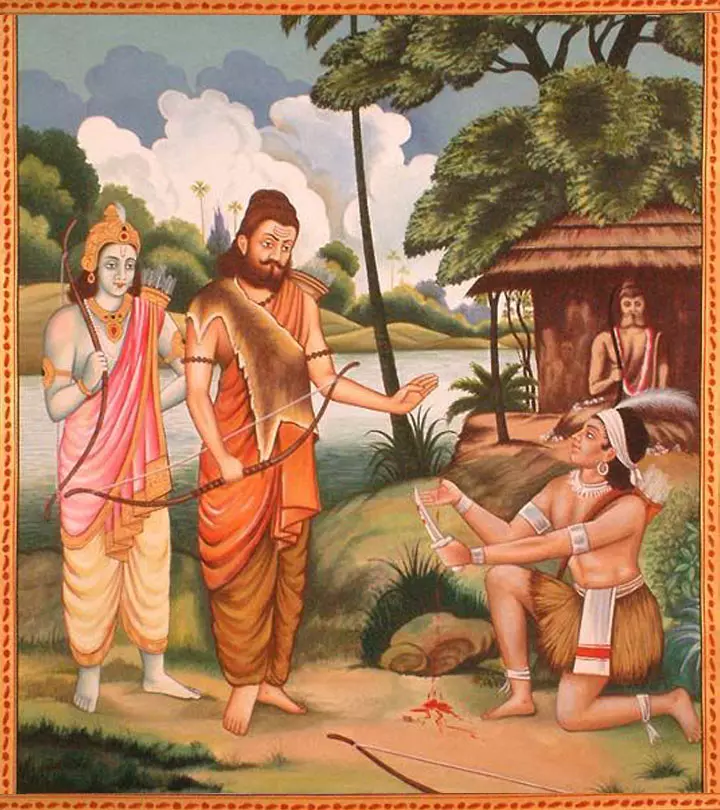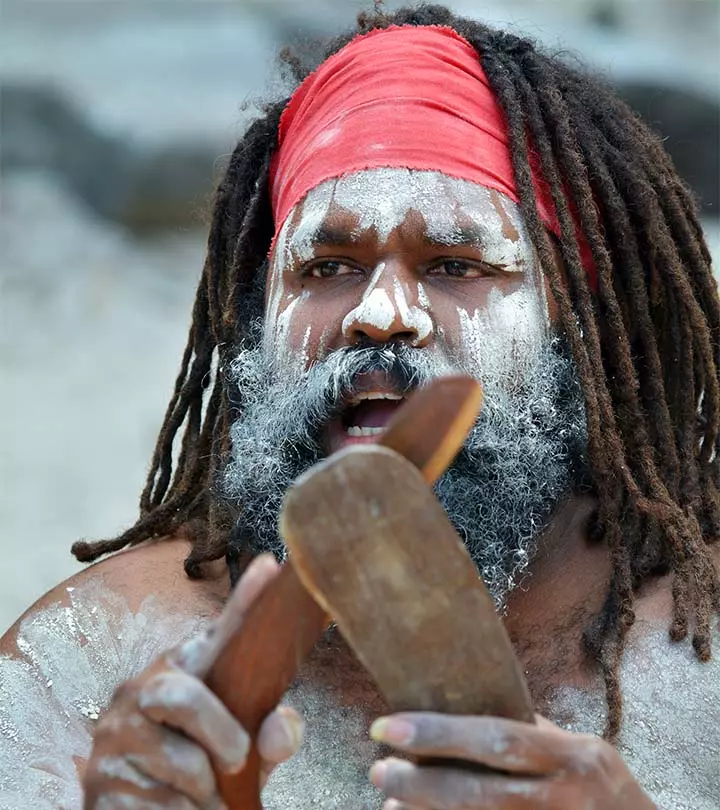
Image: Shutterstock
Indigenous Australians are known as Aboriginal Australians or Aboriginal people. If you are looking for some interesting facts about Aboriginal people for kids to help them learn more about these mainland Australian inhabitants, you are at the right place. According to recent statistics, Aboriginal people comprise only 2% of Australia’s total population. They are said to be descended from the first humans who moved out of Africa thousands of years ago.
These individuals are diverse in art, culture, storytelling, and spiritual beliefs. Isn’t it intriguing? There are lots of amazing Aborigines facts for kids in store for you. Continue reading!
Key Pointers
- Aboriginal people, or Indigenous Australians, arrived in Australia about 30,000 years ago from Africa.
- When Europeans arrived in Australia in 1778, approximately 320,000 Aboriginal people were divided into 250 tribes.
- The first encounter between Aboriginal people and Europeans occurred in 1770, when James Cook landed at Botany Bay.
- Aboriginal people value family greatly, and they hold elders in high regard for their cultural preservation, wisdom, and knowledge transmission.
Aboriginal History And Culture Facts For Kids
1. The Migration Of Aboriginal People:
Experts believe that Aboriginal Australians migrated from the African continent 30,000 years ago. They opine that their arrival in Australia was by accident. These people were carried across the Pacific Ocean on drifting fragments left from a flood or a tsunami that occurred somewhere in the north.
Today, the Aboriginal people reside in all the major centers of the continent, with most settling in the arid regionsiAlso called deserts, these are geographical areas lacking in moisture conducive to supporting abundant life of Australia’s outback. What’s an outback? The outback is a dry and remote inland region of Australia. The survival of Aboriginal Australians for countless years has been dependent on bush tucker and foods sourced from the outback. Some Aboriginal people live around Ayers Rock, a huge formation in the continent’s center. It’s called Uluru by the Aboriginal people.
They are also settled in the northern part of the Kakadu National Park, which the Aboriginal people call ‘Arnhem Land,’ meaning ‘ the land of their ancestors.’
2. Early Life:
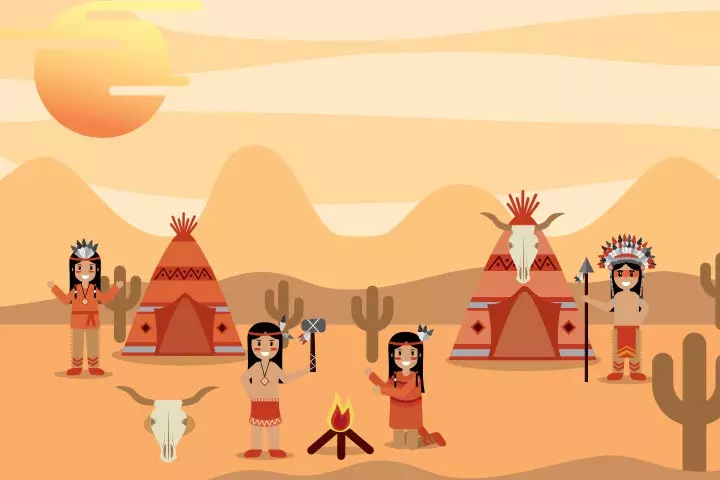
Image: IStock
It is estimated that there were around 320,000 Aboriginal people in 250 tribal groups when the first Europeans arrived in Australia in 1778. As the first inhabitants of the land, Aboriginal and Torres Strait Islander peoples hold a distinctive position in Australia. Each tribe had its traditions, territory, beliefs, and language.
The Aboriginal people started as nomadic hunter-gatherers. They roamed from one place to another, hunting animals and gathering nuts, fruits, and insects. They never engaged in farming or building towns and cities. It’s believed they could not cultivate as Australia did not have plants suitable for agriculture. Neither did the early Aboriginal people have animals suitable for domestication.
3. Their Encounter With The White Setters Or Europeans:
The Aboriginal people hadn’t met Europeans until James Cook made his landing in Botany Bay in the year 1770. The natives were surprised to see white-skinned people on their shore, wearing strange clothes. Initially, they thought that these people were the spirits of their ancestors. But in reality, they were European invaders, led by Captain Arthur Phillip, who came for colonization.
4. The Quarrel Between Aboriginal People And The White Settlers:
While exploring the settlement, Captain Philip made friends with an old Aboriginal man. He even presented him with a hatchet and beads. Later in the night, Captain discovered his new friend taking one of his tools. This infuriated the Captain, and he slapped the man and pushed him away. The old Aboriginal man was very upset with the reaction of Captain Philip. He could not comprehend why his friend behaved this way. He went away, feeling disheartened.
5. The Carnage Of Aboriginal people By The White Settlers:
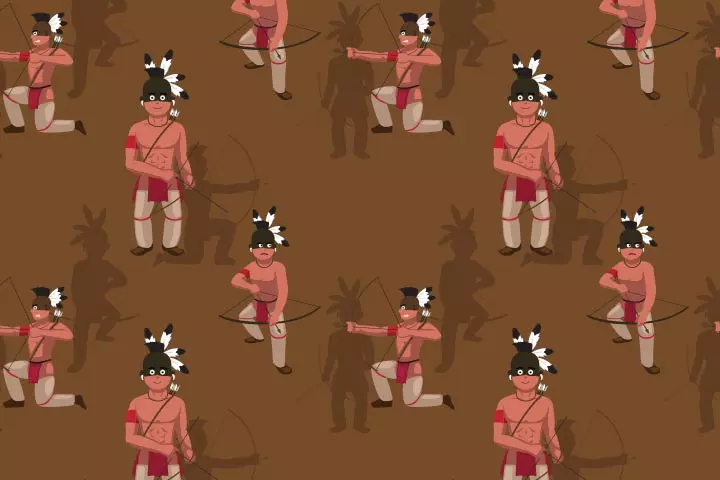
Image: IStock
By the time natives realized that the Europeans were not the spirits of their ancestors, it was too late. The white men were occupying their land and terminating their settlements and wildlife. The Aboriginal people who were subjected to discrimination in their own land then showed their resilience by fighting back. Led by their chief Pemulwuy, the Aboriginal people slayed several invaders. The attack even wounded Captain Phillip.
The settlers counter-attacked by poisoning and slaughtering the natives and destroying them systematically. They were forced to move out of their lands and retreat into barren and uncongenial parts of the country
6. Dreamtime:
Dreamtime is a western term used to describe the basis of Aboriginal cultural and spiritual identity. It’s their way of understanding the world and the relationship of things and rules governing their lives. You can say it is similar to the Bible stories or Hindu and Greek mythology. But unlike these mythologies, Dreamtime is a continuing story. In fact, it continues even today.
The spirituality of the Aboriginal people involves a close tie between the land and humans. In Dreamtime, the Aboriginal people believe their ancestors emerged from below the earth to form nature, including the sky, water bodies, and animal species.
Unlike other religions, the Aboriginal people do not put humans on a level higher than nature. They believe that some of their ancestors changed into nature, where they are still spiritually alive.
 Did you know?
Did you know?7. The Aboriginal Art:
Aboriginal music has survived for hundreds of years and continues to be one of the oldest art forms practiced today. It mainly consists of symbols, which were once used as a means of communication. The symbols were also used to show the presence of different objects and things that existed around them in those times.
The Aboriginal art in the northern territory includes sculpture, rock and bar paintings, beadwork, and baskets. Painting on the bark is the oldest form of Aboriginal art, but some of these paintings have perished over time. The paintings and rock carvings are still found in Nourlangie, Ubirr, and Arnhem Land. Some Aboriginal people earn a living by selling their artworks.
The tradition of storytelling gives us an insight into the vibrant, cultural life of the Aboriginal people. The songs illustrate Dreamtime and several other tales of the land.
8. The Aboriginal Music:
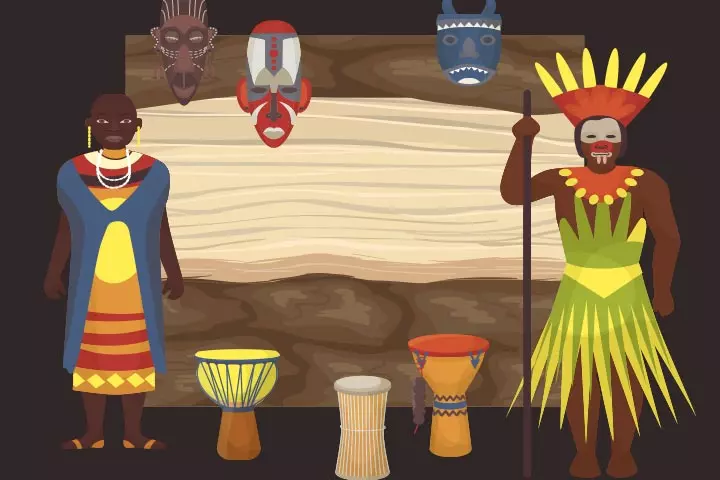
Image: IStock
The music of the Aboriginal people is recognized for its renowned musical instrument, the didgeridoo. The didgeridoo is a wind instrument made from bamboo. The instrument extends about five feet and creates a low and vibrating hum. The Aboriginal people use the didgeridoos in ceremonies and events such as funerals, sunsets, and circumcisions.
 Fun fact
Fun fact9. Family, Hunting, And Weapons:
Within each Aboriginal community lived family groups called clans. The central principle in their society is kinship. The family group owned the land and thrived on hunting and gathering. Men killed large animals using boomerangs and other weapons, and women collected plants and smaller animals, thus highlighting their ingenuity and deep knowledge of the land and resources.
10. The Aboriginal Language:
There were over 300 different Aboriginal languages spoken in the 1780s, but now just 75 remain. The Warlpiri language, spoken in and around Alice Springs in the center of Australia, is well-established and at no risk of being lost. This language is taught in school, and even a growing body of literature is produced in the language. But the other languages, including Dyirbal, are nearly extinct. The largest Aboriginal language, in terms of speakers, is the Western Desert and is spoken by thousands of Aboriginal people in the Western Desert region of the continent.
Today, most Aboriginal people speak English as their first or second language. In some parts of Australia, a distinctive kind of English has developed within the Aboriginal communities. In the northern territory, the Aboriginal people speak Kriol, a different kind of English.
 Quick fact
Quick fact11. The Importance Of Relations For The Aboriginal People:
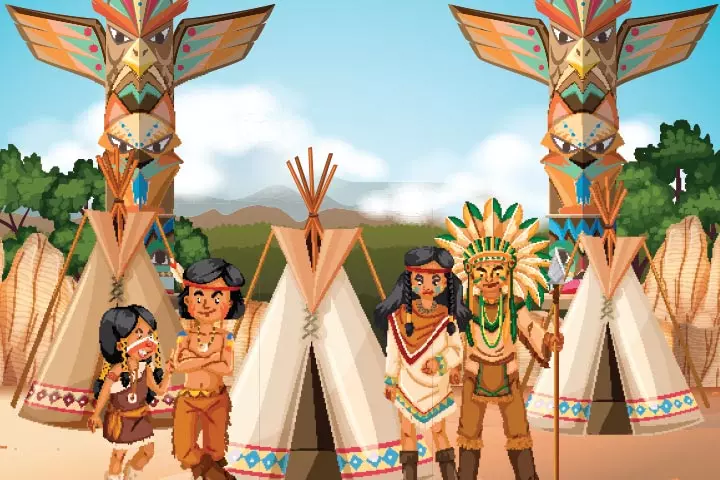
Image: IStock
The family is of utmost importance to the Aboriginal people. The elders are respected for their guidance and for maintaining the Aboriginal heritage. They define what a person can or cannot do, each person’s entitlements and responsibilities, and how they are related to others and their land. The elders ensure their language, sacred ceremonies, rituals, and knowledge are passed on, to ensure younger generations stay connected to their heritage and understand their roles.
12. Land Rights Movement:
When the British arrived in Australia, they thought the territory was empty, meaning nobody owned that land. This was called ‘Terra nullius,’ Latin for ‘empty land.’ Under British law, the land belonged to the king, who could sell it to other people.
In 1976, the Australian government passed a law that gave the Aboriginal people the right to their land where the tribes were originally located. It also gave them the right to use their land. On 3 June 1992, the Australian High Court declared the idea of ‘Terra nullius’ wrong, and the government brought new laws to set up the Native Title. If the Aboriginal people can prove their right to the particular land, and if it is not sold or changed by state acts, they could claim it as their property.
The land and property rights also gave rise to the civil rights movement. The Aboriginal people asked for equal rights, more specifically, for the rights of property that was taken forcibly by the European settlers. The Aboriginal Land Rights Act passed in the 1990s returned the degree of autonomy. It also increased wages and gave welfare benefits to the Aboriginal people.
13. Urban Life:
By the late 19th century, most Aboriginal people had joined the urban communities, primarily because of forced assimilation. Most of the Aboriginal people now dwell in towns and cities. Some have benefited from aid programs and government education and settled as doctors, teachers, and lawyers. But many of them are poor and completely isolated from white society. They have lost the tribal ways of the Aboriginal people, but because they do not fit neatly into the white Australian society, they cannot share its benefits as well. We can only hope that their situation gets better.
Aboriginal People Facts For Kids
Here are a few facts about the Aboriginal people:
1. There are about 1.3 million people in Canada with Aboriginal ancestry. In terms of population, Canada ranks second behind New Zealand. Archeologists believe that the Aboriginal people have been living in the Maritimes provinces of Canada for 11,000 years.
2. Only around ¼ of the Aboriginal people can conduct a conversation in their native language.
3. Some of today’s Aboriginal artists and craftsmen are famous worldwide. You will find their works in museums, galleries, and homes. Most of these artists create work celebrating the beliefs and traditions of the Aboriginal people.
4. The Aboriginal people created duck and goose decoysiFake or artificial birds or mammals created as a trap carved out of cedar or made out of tamarack branches. The decoys are still used today.
5. Most of the English words that we know today are native adopted from the Aboriginal’s language. For instance, Canada comes from Iroquois, which means village. Chicago comes from Algonquians, which means skunk.
6. The Aboriginal people of the eastern woodlands developed a unique method for hunting moose. They used old moose antlers to ransack the shrubs in the forest, which attracted the moose. The hunters also used birch bark as megaphones to imitate the voice of the female moose, which in turn attracted the males.
7. The Aboriginal people developed a specific way of protecting themselves from mosquitoes. The Salish Aboriginal people from the west coast rubbed onion on their skin to protect themselves from mosquito bites. Those from the eastern woodlands used bear fat on their skin. On the other hand, the Cherokees made a mixture using grounded Goldenseal roots and bear fat. This was their mosquito repellent.
8. Did you know that the Mohawk Aboriginal people are the inventors of hockey? As per the Jesuit priest journals, the Aboriginal people played a game with a stick and a small block of ice embedded with stones and mud. Whenever a player was struck with the stick, he would shout ‘Aukie,’ which means ‘ouch.’ The Jesuit priests wrote that the Aboriginal people played Aukie, and over the years, the name changed to hockey.
9. The Aboriginal people also developed the method of tanning the hides to prevent the skin of the animals from rotting. They removed the skin from the animals and scraped off the fat. To avoid the rotting of the skin, they soaked the hide in a liquid salt concentration, which included other special ingredients. They further rinsed the skin in water and stretched it slightly. Some people also chewed the skin to make it softer. They hung the skin to dry in the sunlight. The dried skin was cut into pieces to make moccasins and clothing.
10. The Aboriginal people used maple syrup as an energy drink. They drank one cup of maple syrup for one lunar cycle to restore the minerals, vitamins, and energy needed to hunt and plow the fields.
11. The Aboriginal people also developed dyes to add color to their clothing. They made dyes from natural materials such as bark, flowers, roots, and fruits of various plants. Blueberries were used for dark blue shade, and larkspur flowers were used for light blue color. Red and yellow dyes were made from alder trees and oak bars. Cranberry juice was used as a red dye.
Frequently Asked Questions
1. What types of food did Aboriginal people eat?
The diet of Aboriginal people consisted of a wide variety of fruits, vegetables, and meat, including kangaroos, porcupines, possums, and goannasiMonitor lizards native to Australia (1).
2. What does the Aboriginal flag look like?
The Aboriginal flag is divided into two horizontal rectangles with a circle in the middle. The top part is colored black and symbolizes the Aboriginal people, and the bottom part is colored red, which symbolizes the earth. The yellow circle in the middle represents the sun (2).
3. How did Aboriginal people survive the cold ?
Aboriginal people survived the cold with the help of grease that they obtained from porcupines, seals, and possums. They would coat their body with grease and use it to protect their skin from the cold (3).
4. What is Aboriginal spirituality?
Aboriginal spirituality, deeply rooted in the ceremonies of diverse language groups across Australia, encompasses the sacred narratives of the Dreamtime (the Dreaming), songlines, and oral literature. These stories, performed in ceremonies, impart meaning to the cultural landscapes of local groups, resonating across the country. Passed down from ancestors, these spiritual beliefs are specific to certain groups. They also form a rich and shared heritage that reflects the diverse cultural expressions of Aboriginal Australians. These spiritual narratives not only connect Aboriginal Australians to their cultural heritage but also serve as a living testament to the rich and enduring wisdom embedded in their ancestral traditions.
Aboriginal people were the first people to inhabit the country of Australia thousands of years ago. These exciting Aborigines facts for kids with details about their origin and other striking characteristic traits help educate your children about the original inhabitants of Australia. These fun facts for kids will eventually help improve children’s knowledge of different people and cultures in the world.
Infographic: Lesser Known Facts On Aboriginal People For Children
Australia has been home to the magnificent culture of the Aboriginal people for thousands of years. In this infographic, we present exciting facts about Aboriginal people you can share with your child. You can take a printout of it and ask your child to share it with their friends too! Illustration: Momjunction Design Team
Illustration: Fun Facts And Information About Aboriginal People For Kids
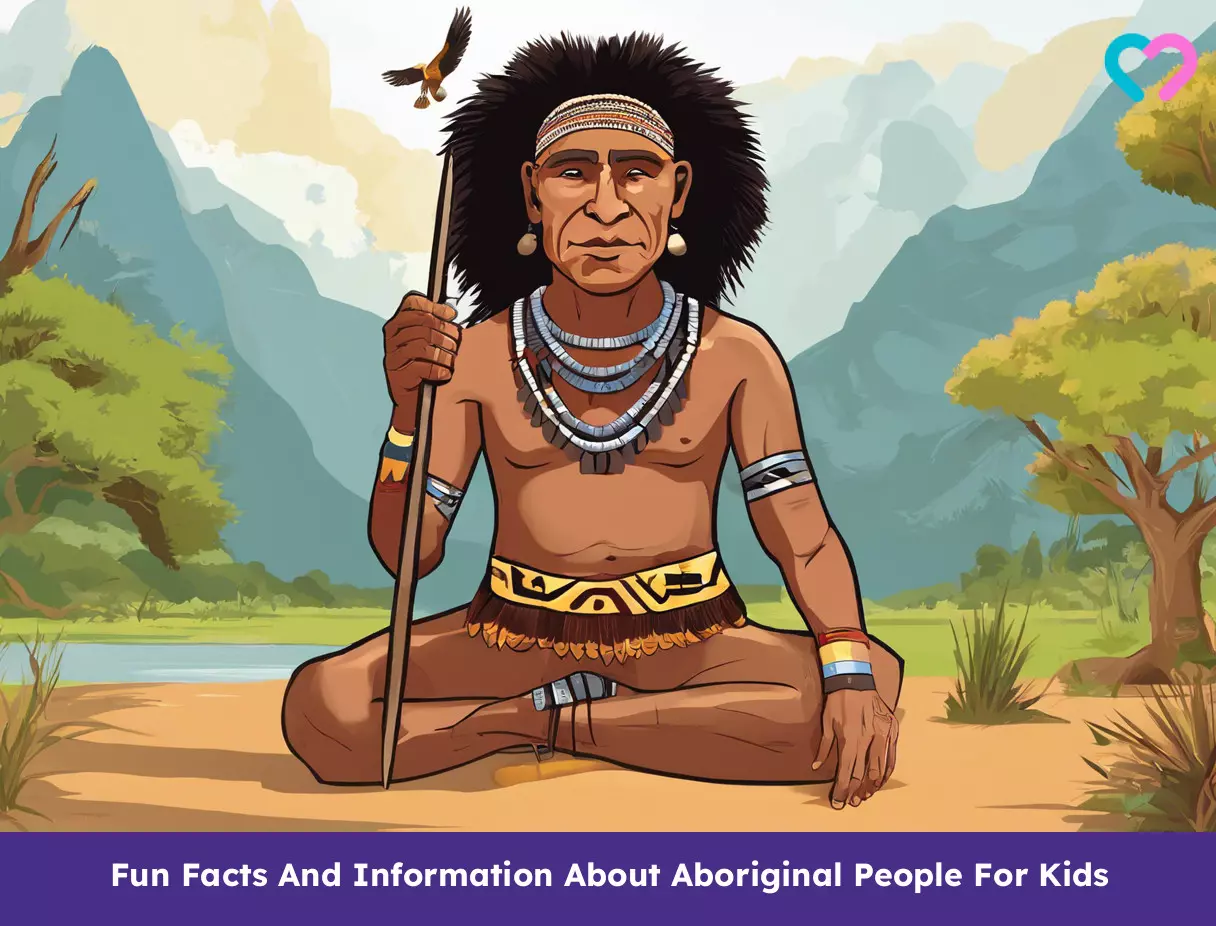
Image: Stable Diffusion/MomJunction Design Team
Explore the rich and ancient Aboriginal Australian culture in this educational video designed for kids. Learn about traditional crafts like boomerang-making, clapsticks, and stone tools in an engaging and fun way!
References
- Lesson 3 – Traditional Aboriginal and Torres Strait Islander Foods.
https://www.health.qld.gov.au/__data/assets/pdf_file/0032/428288/jarjums-sect3-less3.pdf - The Aboriginal flag
https://aiatsis.gov.au/explore/aboriginal-flag - ABORIGINAL LIFE PRE-INVASION
https://www.utas.edu.au/library/companion_to_tasmanian_history/A/Aboriginal%20life%20pre-invasion.htm
Community Experiences
Join the conversation and become a part of our nurturing community! Share your stories, experiences, and insights to connect with fellow parents.
Read full bio of Elisa Yi
Read full bio of Manjiri Kochrekar
Read full bio of Harshita Makvana
Read full bio of Praggya Joshi








